[responsivevoice_button voice=”UK English Male” buttontext=”Listen to Post”]
Clear Cloudy Pool Water Fast!
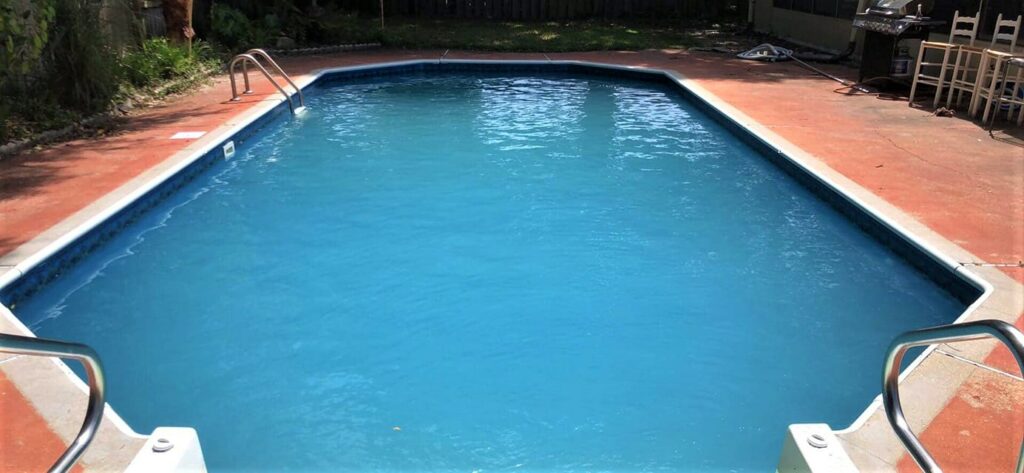
What the Floc?
This is something that folks ask about a lot, and unfortunately, it is a question that has many answers because there are several possible causes. Sometimes it can be a combination of multiple or all. Like I have recommended for everything else, you should check the easy stuff first, and the easiest thing to test is your water chemistry. You would be surprised at how many times getting the water balance values into the ideal range has solved the problem. Clear Cloudy Pool Water Fast!
You say your Pool has a runny nose?
First off, the most important thing to consider is that cloudy water is not the problem. Cloudy water is just a symptom of a different, often bigger, issue. To treat this correctly, we are going to need to identify that “bigger” problem. Otherwise, if we treat the cloud itself, it will probably keep coming back, and that would lead to a sucky pool season.
.

It is always due to filtration, but filtration is not always the solution.
Cloudy water is always due to suspended particles that the filter has not filtered out for one reason or another. The haziness occurs when light is scattered by those particles making the water look opaque or milky. So, it is reflected all over the place instead of being allowed to pass all the way through. Of course, this could be caused by zillions of tiny air bubbles in water as well, but that is far less likely to be the case in a swimming pool. So, we are left with things that weren’t, or couldn’t be, filtered out.
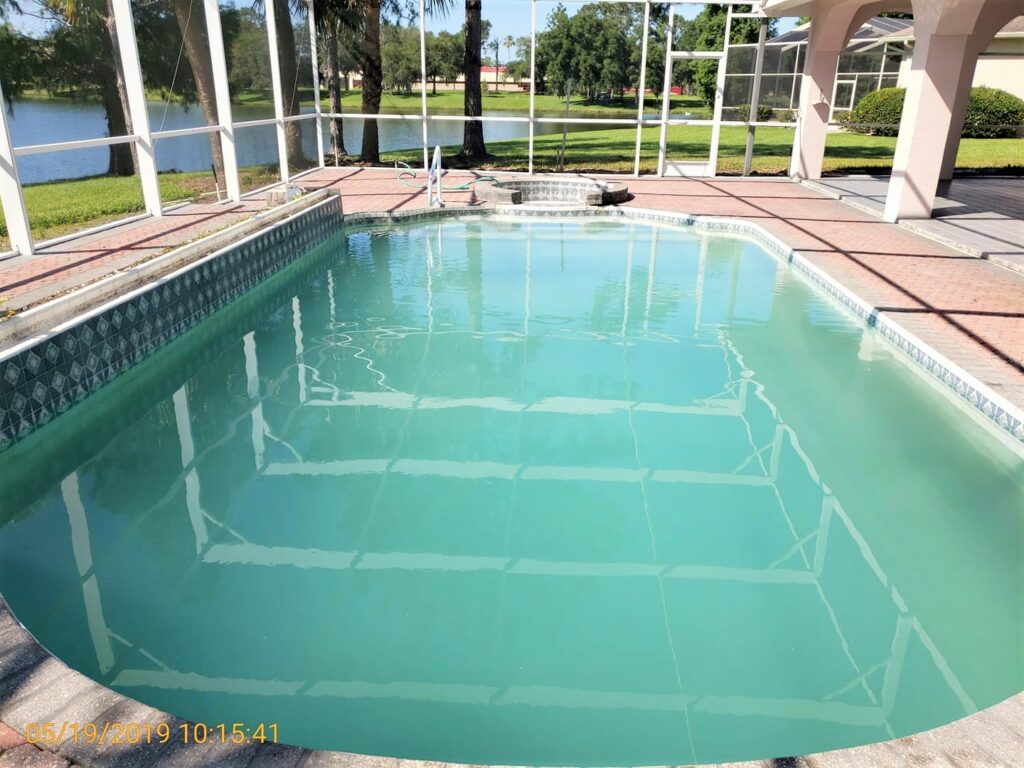
pHilter?
People always say the pH can cause cloudy water, and that’s a chemical thing, not a filter thing, and this is true. A high pH can cause cloudy water, but this still comes down to particulate that the filter could not filter out. Water with a high pH does not tend to hold solids in solution very easily, so sometimes, things start to precipitate out when the pH is high. These minerals, like calcium, are often too small for the filter to remove from the water quickly. So, this does deal with filtration even though filtration is not necessarily the solution.

So, If water with a high pH does not hold solids in a solution easily, it stands to reason that water with a lower pH will hold solids easier. So, if the spike in pH caused the turbidity, then lowering the pH should make it go away. It is safe to say that when the water in the pool is cloudy, the first thing you should do is check the pH.
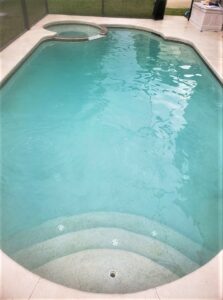
Because chlorine fixes everything
Water with a zero chlorine level is not necessarily cloudy; I mean, look at your drinking water. Okay, so the tap is chlorinated if you have city water, but people with well water have clear water. So chlorine is a factor, but it is indirect. Water on the verge of an algae or bacteria bloom can often be cloudy, and yes, a low chlorine level may very well have got us to this point. Algae are microscopic and opportunistic. Spores are airborne and are being introduced to your pool water constantly. Why not? It’s nature. Algae want to grow in water. Normally, as introduced, chlorine kicks its ass, not giving it a chance to become established. However, if the chlorine level is low or non-existent, algae settle in and make themselves at home. pH can play a role here as well. Chlorine’s effectiveness is pH-dependent, so a high pH is essentially kryptonite to your chlorine. So yes, testing the chlorine level should be right up there with checking the pH.
This is Shocking
Ensure that you are checking both your Free Available Chlorine and your Total Available Chlorine to see if there is a difference. If your TAC (Total Available Chlorine) is higher than your FAC (Free Available Chlorine), that difference is your CC (Combined Chlorine), or also known as chloramines. You’ll need a decent quality test kit (DPD reagent or FAS DPD powder) to be able to determine this.
Clear Cloudy Pool Water Fast!
Although monochloramine does not necessarily cause cloudy water directly, its presence does indicate that the potential for cloudy water exists and for both dichloramine and trichloramine, which are both strong irritants. Other health concerns exist with the presence of chloramines, so If you see that you have a Combined Chlorine level, you’ll want to shock your pool to make that go away.

Okay, but we haven’t actually talked about filters yet.
True, and everything above, despite the cause, has involved insoluble particulate in the water that is near impossible to filter out. But you are correct! I did say filtration, and there could be a problem relating directly to your filter. Filters can take stuff out of the water measured in super tiny increments called microns. Each can pull things from the water that you wouldn’t be able to see without a microscope. There are quite a few components that make up the filter you have, and if any of these components were to break or fail, it would allow the debris to pass right through and back into the pool. Take a look at this one we did on troubleshooting sand filter problems a couple of weeks ago: Why is sand coming back into my pool?

Could the pool have been built wrong?
Circulation is another factor, and I specifically did not talk about dirty filters in the paragraph above because I think it belongs here. If your filter needs to be cleaned, this can drastically reduce the water flow, the same holds for your skimmer/pump baskets, and those are easy to check. Even a malfunctioning pump would reduce the water flow; this could be as simple as debris clogging the impeller. Start with a look at your pressure gauge. If it is 8 to 10 psi (or more) higher than the level it normally operates at, it is time to clean the filter. Could the pool have been built wrong? Sure, anything is possible, but if this were the case, the water quality problems would be ongoing since day one. You can experiment with the direction of the through the wall returns if you think this is the case to change your pool’s water moves.
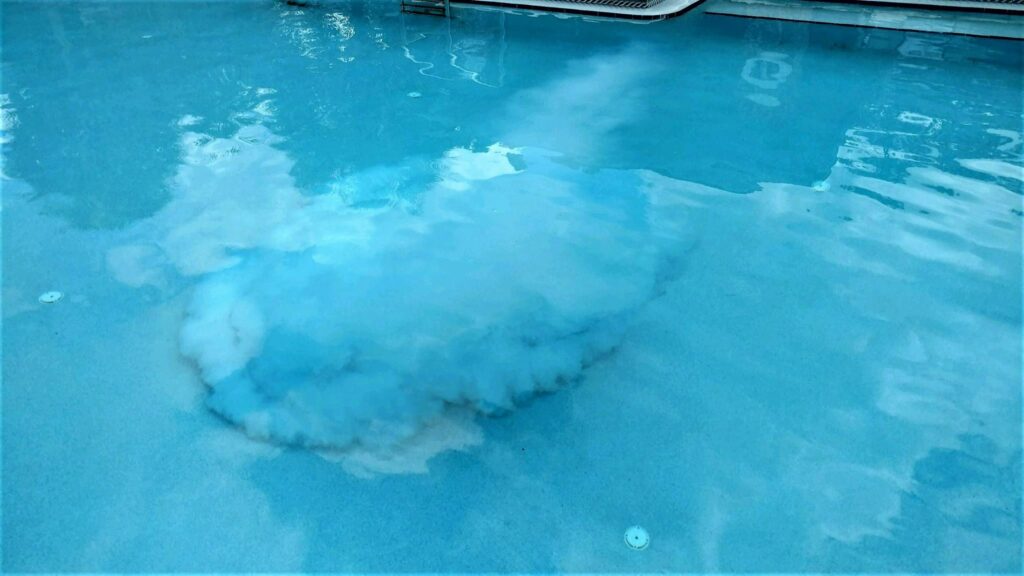
It could actually be the result of a chemical reaction.
If a calcium-based chemical, like calcium hypochlorite (cal-hypo) or calcium chloride, was added within too short a time frame of sodium carbonate (soda ash) or sodium bicarbonate (baking soda), a chemical reaction could occur right in your pool, turning the water a milky-white. No worries, this is an extremely mild reaction as far as chemical reactions go. Here, a whole bunch of calcium carbonate has been formed when the two interacted in the water. This will eventually filter out or settle to the bottom, but it could take a while, depending upon your system. Typically we recommend waiting a day between addition if both of these happen to be needed in your pool.
 We also have to consider the possibility that there is just a lot of fine debris that had been somehow introduced to the pool. Remember, your pool is a big open bucket of water, and anything that is in the air could end up in it. Everything from large amounts of pollen to silt from a neighbor’s burn pile can increase the number of suspended materials in your pool. Most of these things will filter out on their own over time; other times, they may need a little help.
We also have to consider the possibility that there is just a lot of fine debris that had been somehow introduced to the pool. Remember, your pool is a big open bucket of water, and anything that is in the air could end up in it. Everything from large amounts of pollen to silt from a neighbor’s burn pile can increase the number of suspended materials in your pool. Most of these things will filter out on their own over time; other times, they may need a little help.
The first step in fixing a cloudy water problem is realizing that cloudy water is just a symptom. The key to solving the turbidity issue is to diagnose the cause. So take a look at the possibilities listed above. Once we have found the problem and have corrected it, we can add something to speed up the process if it is still needed. Please make certain that your water chemistry (pH, Total Alkalinity, Calcium Hardness, etc.) is in balance before you investigate the use of any of these specialty products to remedy your hazy/murky pool.
Not a scare tactic, just a fact: Cloudy water is considered a leading factor in deaths by drowning. So if you can not see the screws that hold your main drain in place there should be no swimming allowed.
A couple of items that could speed things up a bit:
Enzymes break down organic wastes. This can help speed up getting a pool clear again. By reducing the number of things the chlorine in your water has to combat, enzymes can also help, if added weekly as a preventative, keep things from getting out of hand in the first place. With enzymes, you can expect not to clean your filter as often and less gook to scrub off the waterline. Natural Chemistry 03122-04 Pool First Aid Clears Cloudy Swimming Pool Water, 2-Liters, 4-Pack.
This manufactured water clarifier, dimethyl diallyl ammonium chloride, is an organic cationic polyelectrolyte that, when added, destabilizes and flocculates the insoluble particulate as well negative-charged soluble particles in water. Basically, it causes particles to clump together. The small particles that the filter had difficulty with, becoming larger particle clusters and are then easily removed during filtration or sink to the floor for easy removal by vacuum Robarb R20154 Super Blue Clarifier 1-Quart Crystal Clear Pool Water Polisher
Alum, or aluminum sulfate, is your 911 beak glass in case of emergency. No screwing around. Drop everything to the ground coagulant of choice when either nothing else works, or you are in full-blown out swamp mode. It is extremely pH & Temp dependent. You’ll need >70F degrees and a pH between 5.5 & 8.0, though the “sweet spot” for pH is 6.0 to 7.0; as the pH climbs above 7.0 and toward 8.0, it will require a larger dose of alum to achieve the same result. Be careful; if your pH is >8.0, the product will not work at all as the aluminum becomes dominant. Aluminum sulfate works by destabilization of colloidal particles. Put your filter to recirculate for the two hours your pump will run, then off for 12 hours. The formation of metallic hydroxide causes the debris to settle at the pool bottom in a “sludge” that will need to be vacuumed slowly to waste. You will need a portable filter system or adequately sized equipment to vacuum this out. Always follow label dosing instructions. Maintain 2405M Pool Pro Granular Floc, 5-Pound








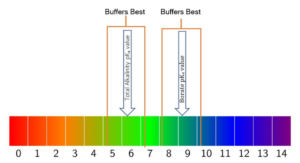

This is very helpful. Thank you for sharing. I love a clear pool!
What a great article to troubleshooting cloudy pool issues and providing solutions.
This is really informative, I have always wondered how they clean pools as it`s almost impossible to change so much water weekly.
Really enjoyed your artical, informative and well explained.
Thisbos great! Such a comprehensive guide gor cloudy pool water. I didnt realize tjis is actually a symptom of a larger issue!
Great tips! Super informative. Thanks for sharing!
We just had to floc our pool. I’ll share this with my husband (who does most of the pool maintenance) to see what else we should do.
We own a pool and luckily have a pool cleaning company but I do remember the cloudy days when we had to maintain our own pool. These are great tips!
Wow, I had no idea that maintaining a pool involves so much work! I think I’d like to have a friend who has a pool to avoid having to deal with my own haha
Good article about care of a pool. We had a pool and the water being cloudy in the pool was one of our main issues.
My grandpa’s pool is really cloudy right now so I am going to have to share with him this !!
I use to manage a very busy public swimming pool in the UK. This is such a details post, that gives a lot of details! well done on putting this together!
Thanks for this info. I can now DYI our cloudy pool. 🙂
Very informative post. We have a very small swimming pool on our backyard, thank you for the tips.
I always wonder how pool owners do it. This is very informative. Thank you.
I have add alum from the bulk food store to clean the copper stains. Now my pool is cloudy. How can I clean it up?
Hi Roger, I’m sorry to hear that. First and foremost, only add products to a swimming pool that is labeled for pool use. It sounds as though you may have added either too large of a dose, your pH was wrong, or both. With any product used as a stain treatment, the recommended method is to sprinkle only enough to just cover the stain itself. The instructions for the use of alum in a large dose is typical as a coagulant and are covered in the last paragraph of this article (above). At this point, you can try adjusting your pH to 7.2 and then turning your pump off overnight. You will want to make certain the rest of your water chemistry values are correct as well. This may do the trick.
I love your article! It’s very clear and informative. Thanks for sharing!
🙏